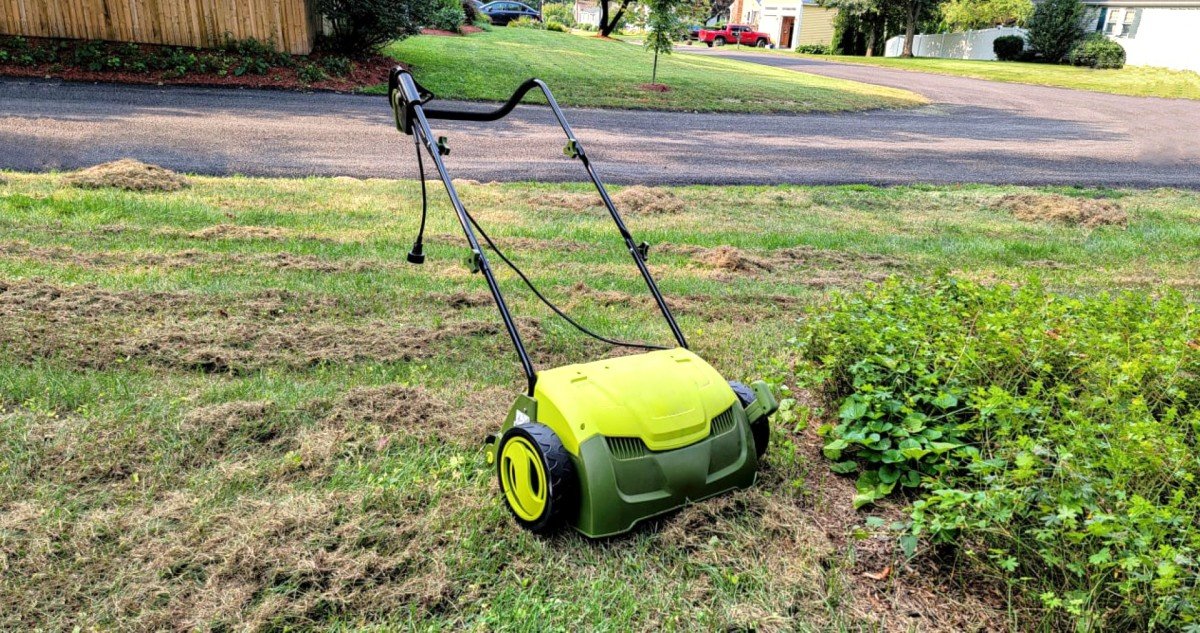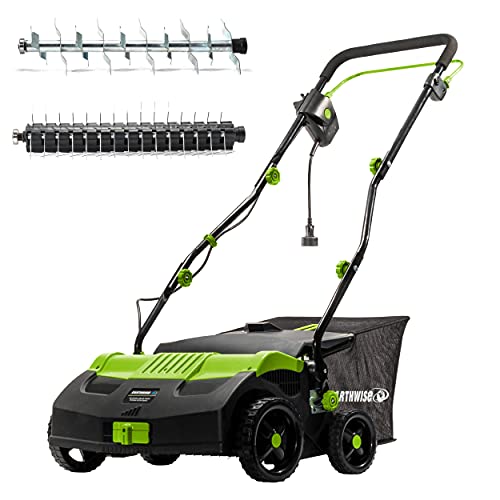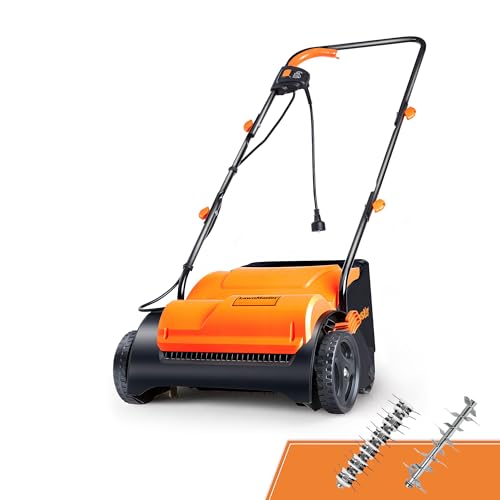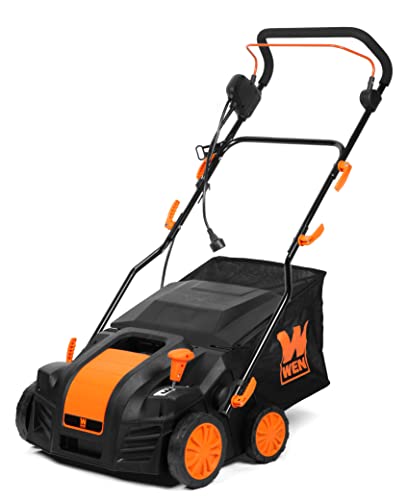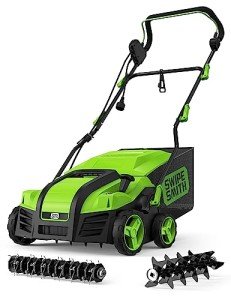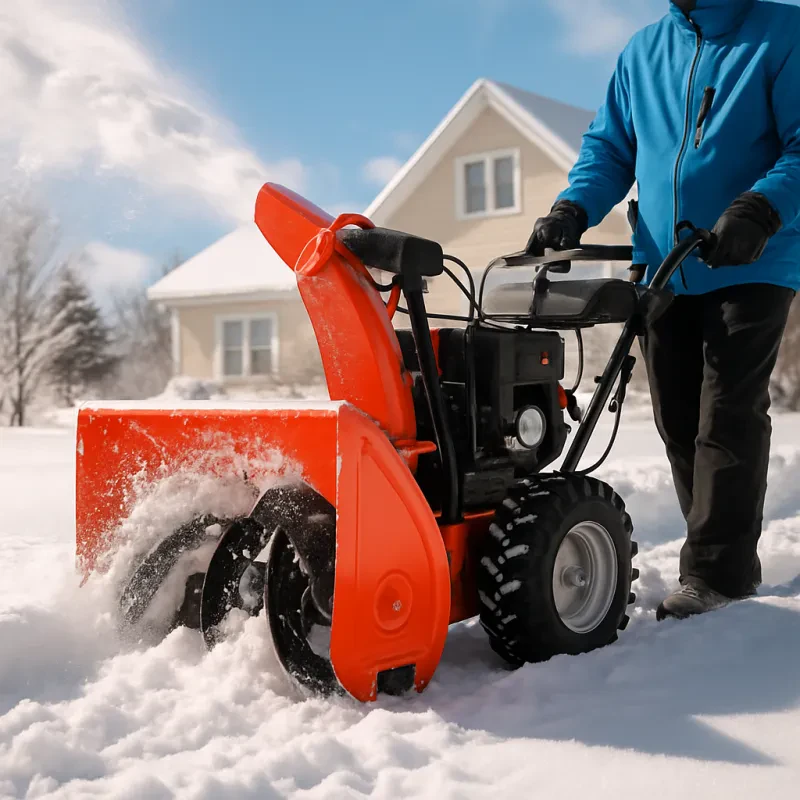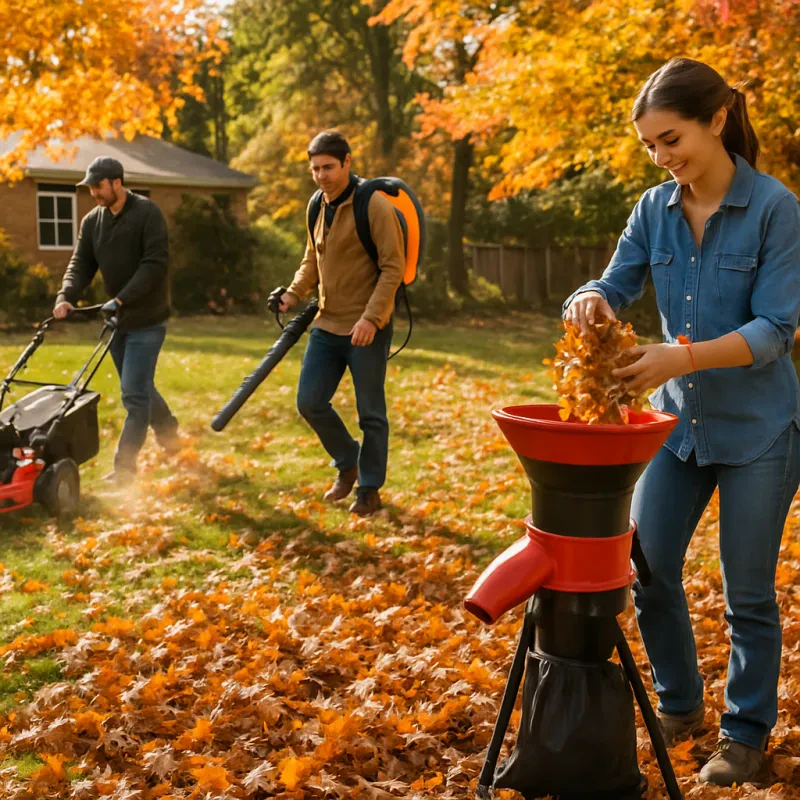If you want to give your lawn a much-needed boost, then a dethatcher is the tool for you. A dethatcher is a power tool that helps remove dead grass, leaves, and other debris that can build up on your lawn over time. This buildup can prevent your grass from getting the nutrients it needs to thrive, resulting in a dull and unhealthy looking lawn. By using a dethatcher, you can create a healthier environment for your grass to grow and flourish.
Why use a dethatcher
One of the main reasons why you need a dethatcher is to improve the overall health and appearance of your lawn. When debris builds up on your lawn, it can create a barrier that prevents water, air, and nutrients from reaching the roots of your grass. This can lead to patchy and sparse areas on your lawn, as well as an increase in pests and diseases. By using a dethatcher to remove this buildup, you can create a more conducive environment for your grass to grow, resulting in a lush and vibrant lawn.
Another reason why a dethatcher is essential is to promote new growth and help your grass recover from damage. Whether your lawn has been affected by heavy foot traffic, extreme weather conditions, or improper lawn care practices, a dethatcher can help stimulate new growth by breaking up compacted soil and promoting better airflow. This can help rejuvenate your lawn and bring it back to its former glory in no time.
Simple Steps to Using a Dethatcher
Using a dethatcher to improve the health of your lawn is a simple and effective process. By removing thatch - the layer of dead grass, roots, and debris that can build up on your lawn - you can promote better air circulation, water penetration, and nutrient absorption for your grass.
- Mow your lawn to a shorter length than usual. This will make it easier for the dethatcher to reach and remove the thatch layer effectively. Make sure to adjust the height of your mower to the appropriate level before mowing.
- Next, you'll want to walk behind the dethatcher in a slow, steady pace across your lawn. Make sure to overlap each pass slightly to ensure that you're covering the entire surface area. As you go, you'll see that the dethatcher's tines are pulling up the thatch and depositing it on the surface of your lawn.
- Once you've dethatched your entire lawn, it's time to rake up and remove the loosened thatch. This will prevent it from blocking sunlight, water, and nutrients from reaching your grass.
- Finally, give your lawn a good watering to help it recover from the dethatching process and promote healthy new growth.
Benefits of Regular Dethatching
Improves Water and Nutrient Absorption:
Over time, thatch can build up on your lawn, creating a barrier that prevents water and nutrients from reaching the soil. By dethatching, you can break up this layer of thatch, allowing water, air, and nutrients to penetrate the soil more easily. This, in turn, promotes stronger root growth and healthier grass.
Enhanced Air Circulation:
Dethatching your lawn helps to improve air circulation around the grass roots. Proper air circulation is essential for preventing diseases and promoting healthy growth. By dethatching regularly, you can create an optimal environment for your grass to thrive.
Reduced Risk of Pests and Diseases:
Thatch provides the perfect breeding ground for pests and diseases that can damage your lawn. By removing this layer of dead grass and debris, you can reduce the risk of insect infestations and lawn diseases. Regular dethatching is a preventative measure that can save you time and money in the long run.
When to dethatch your lawn
Dethatching your lawn is essential for maintaining its health and lushness. Let's explore the best times to dethatch based on our expert advice:
Best time is early spring:
Early spring is an excellent time for dethatching. As the grass starts growing vigorously, it can recover quickly from the process. This period allows your lawn to repair itself effectively.
Late Spring (Warm Season Grasses):
For lawns with warm-season grasses, late spring through early summer is the ideal time for dethatching.
Late Summer:
When the weather begins to cool in late summer, it's another favorable time for dethatching. Similar to spring, the grass is actively growing during this season, aiding in recovery.
Early Fall (Cool Season Grasses):
Lawns with cool-season grasses should be dethatched in early fall. Ensure that the grass is still growing if you choose this option, as it needs time to re-establish before frost season.
Remember, a thin layer of thatch is beneficial for insulation against extreme soil moisture and temperature variations. However, when thatch becomes excessive, it can hinder nutrient, air, and water flow to the grass roots, leading to shallow root systems and other issues. Regular dethatching helps maintain a healthy lawn and promotes robust growth.
Maintaining a Healthy Lawn After Dethatching
After dethatching your lawn, it's important to take the necessary steps to ensure that your grass continues to flourish and grow healthy.
Water your lawn regularly
One essential task is to regularly water your lawn to keep the soil moist and promote deep root growth. Aim to water your lawn early in the morning to prevent evaporation and allow the water to penetrate the soil effectively. Depending on your location and climate, you may need to adjust the frequency of watering to suit your lawn's needs.
Regular fertilization
In addition to watering, it's crucial to fertilize your lawn with a high-quality fertilizer to provide essential nutrients for growth. Choose a fertilizer that is specifically formulated for your grass type and apply it according to the manufacturer's instructions. Regular fertilization will help your grass recover from dethatching and promote lush, green growth.
Keep your lawn mowed
Be sure to also regularly mow your lawn at the recommended height for the type of grass you have to prevent stress on the grass and encourage a thick, healthy lawn.
Inspect for pests and diseases
Another important step in maintaining a healthy lawn after dethatching is to regularly inspect for pests and diseases. Keep an eye out for signs of damage such as brown patches, thinning grass, or unusual spots on the leaves. If you notice any issues, promptly address them with appropriate treatments to prevent further damage to your lawn. By following these simple maintenance steps, you can ensure that your lawn remains healthy and vibrant after dethatching.
